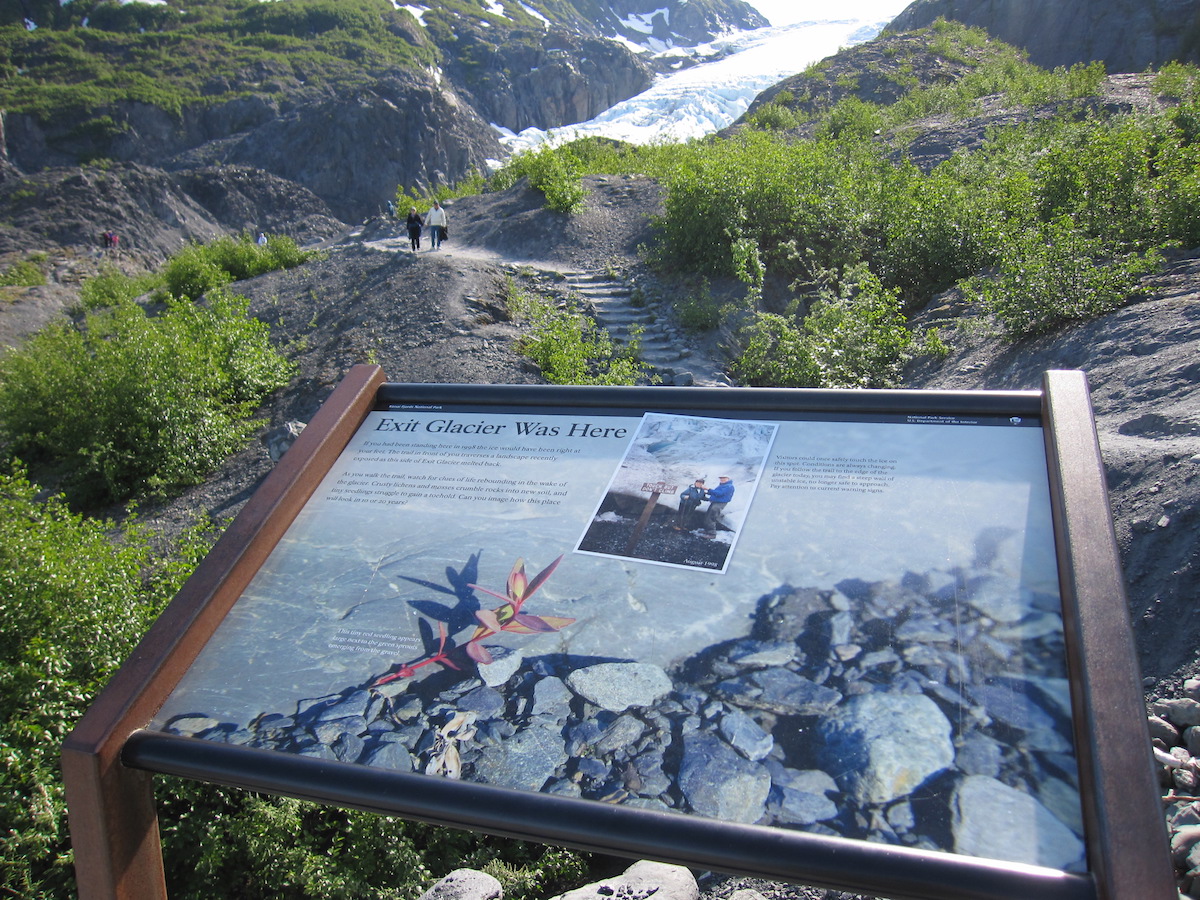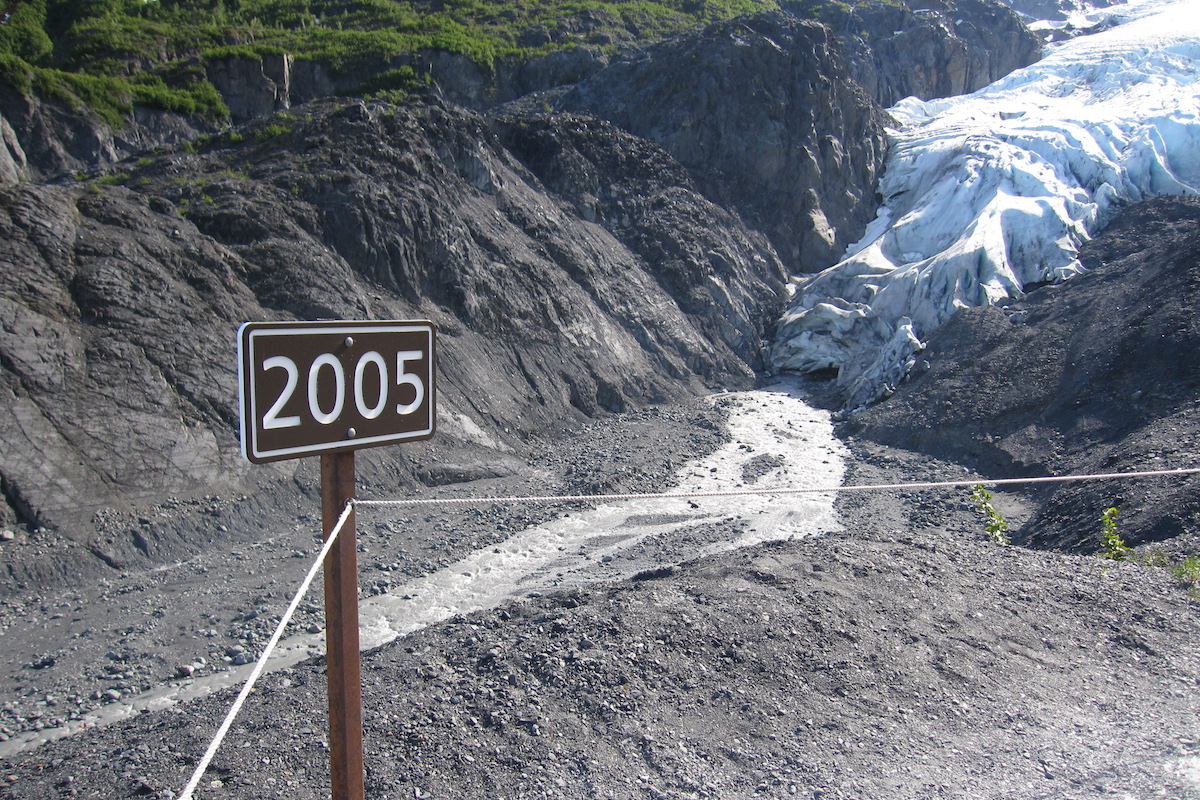Small glaciers projected to be big contributors to sea-level rise
Lower latitude glaciers are melting faster than those in the high Arctic, making them an unexpectedly large contributor to rising sea levels

The world’s small glaciers could add nearly 10 inches to global sea levels by the end of the century if greenhouse gas emissions continue on their current path, according to a new study by an international team of scientists.
The calculation uses a variety of climate models and scenarios ranging from low-emissions to high-emissions to project mass loss of about 200,000 small glaciers from the high Arctic to the periphery of Antarctica. The calculations exclude the Antarctic and Greenland ice sheets, which hold more than 99 percent of the world’s land ice and which are often the usual suspects when blame is cast for sea-level rise.
“People don’t really think about the smaller glaciers when they think of sea levels,” said Regine Hock of the University of Alaska Fairbanks’ Geophysical Institute, lead author of the study, which was published in the Journal of Glaciology. But those glaciers are already contributing about 1 millimeter (0.03 inches) a year to sea levels — a significant amount over the vast ocean, and a potentially powerful amount of water when storm surges are considered, according to Hock. “Even though it sounds little, the impacts can be large,” she said.
In a business-as-usual emissions scenario, small glaciers’ annual contribution to sea-level rise is expected to increase to more than 3 millimeters a year in the late part of the century, according to the study.

In all, the glaciers, which total to an area equivalent to Texas, are expected to lose 36 percent of their mass by the end of the century, under the high-emissions scenario, the study calculates. Their locations and configurations make them vulnerable to melt, Hock said. “They’re smaller and they’re in climates that are warmer climates, compared to Greenland and Antarctica,” she said.
That is especially true for glaciers in Alaska, which are clustered in the more southern parts of the state. Though they comprise only a tiny fraction of global glacial ice, Alaska glaciers are particularly big contributions of meltwater. Alaska glaciers are projected to lose 30 percent to 50 percent of their mass by the end of the century, according to the calculations.
More northern glaciers, such as those in Arctic Canada, are projected to lose mass more slowly, at rates of about 10 percent to 20 percent a year. That means a longer lifespan for those glaciers than the Alaska glaciers, Hock said. “There’s just a lot more ice left at the end of the century, and it will make many centuries for them to melt,” she said.
Melt of glaciers of Alaska, Arctic Canada, the Russian Arctic and the periphery of Greenland, plus the glaciers on the periphery of Antarctica are expected to account for about two-thirds of all glacier contributions to sea-level rise, according to the study. Sea-level contributions from glaciers in Scandinavia, Asia, New Zealand and other sites are expected to be “negligible”. Even though there will be a high rate of mass loss in those areas, the glaciers are small to begin with.
[A glacier that was once Greenland’s fastest melting is growing again — for now]
The estimate of nearly 10 inches of sea-level rise was on the high end of the results produced when models were run in a high-emissions scenario.
In a low-emissions scenario that would be in line with the 2015 Paris Agreement, small glaciers are projected to lose about 18 percent of their mass and add 94 millimeters to global sea levels, according to the averages calculated with various climate models.
“Even with the low-emissions scenario — and we are not on that track — there is substantial mass loss,” Hock said. And even if climate change were to stop immediately, “the glaciers will lose mass worldwide,” she added, because melting is such a long-term process with a trajectory that is difficult to change.
The study follows an earlier study by scientists from around the North that calculated past melting of the Arctic’s land ice — mountain glaciers and Greenland ice. That melt caused global sea levels to rise by 23 millimeters (0.9 inches) between 1971 and 2017, according to the study, published late last year in the journal Environmental Research Letters.
It found that Arctic land ice was responsible for about 31 percent of sea-level rise during that period, that contributions from melt had accelerated and that Alaska glaciers were especially big contributors during that period.